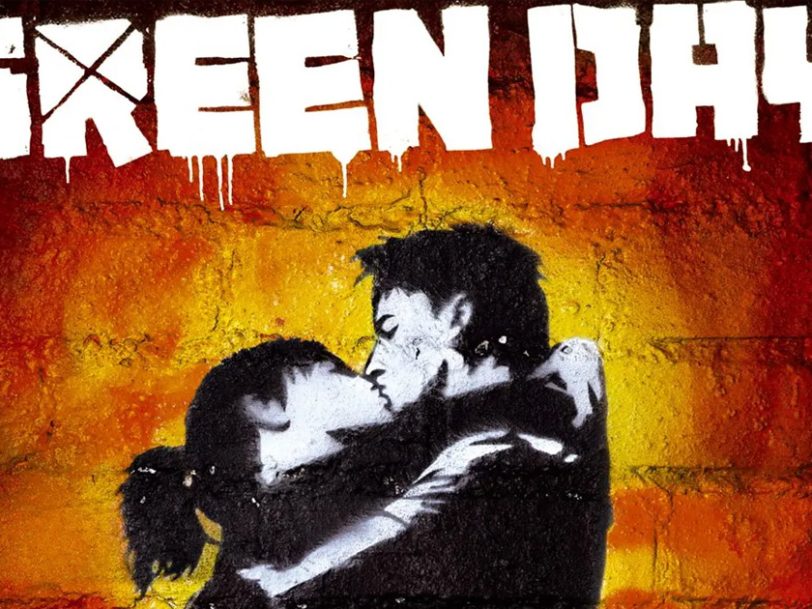“I look at Christian and Gloria, and it’s me,” he told Rolling Stone. “Gloria is one side: this person trying to hold on to this sense of belief, still trying to do good. Whereas Christian is deep into his demons and victimising himself over that.”
Mike Dirnt compared the relationship between the 21st Century Breakdown songs to those shared on a classic Bruce Springsteen record, saying in a statement that they “speak to each other in the way that the songs on Born To Run speak to each other.
“I don’t know if you’d call it a ‘concept album’,” he continued, “but there’s a thread that connects everything.”
The recording: “It was a long process taking more than a year”
Bearing in mind the ambition behind the song, and the sheer wealth of material Green Day had at their disposal, it’s not surprising that the group took their time to realise their vision. Recruiting Nirvana/Smashing Pumpkins producer Butch Vig to oversee the sessions, the band remained in the studio recording 21st Century Breakdown for most of 2008.
“Working with Green Day was a long process,” Vig confirmed in an interview with Music & Musicians. “From pre-production to rehearsals to mixing and mastering took more than a year. We rehearsed in some funky little studio in Newport Beach [in California], where the band was hanging for the summer, just jamming to work on arrangements. We recorded at Ocean Way [Studios] in Hollywood – one of the best-sounding spaces I’ve ever worked in. We saved the sonic part for going into a big room, but for writing and pre-production, I don’t need to be in a state-of-the-art studio – it’s more about getting the ideas formed.”
With the group having gathered such an enviable stockpile of material, ideas were never going to be a problem, but they also wanted to execute the songs to their fullest potential. In hindsight, they were right to take their time over the recording, for, with its cinematic arrangements and bells’n’whistles production, 21st Century Breakdown arguably even outdid American Idiot in terms of its epic scope.
Songs such as The Static Age, Murder City and the stinging, anti-authoritarian protest song Know Your Enemy may have revealed that punk was still Green Day’s “ground zero”, but for the most part the album captured the group stretching out like never before. Indeed, 21st Century Breakdown showcased Armstrong and company making good on everything from the dark, mariachi-infused vibes of Peacemaker through to arena-friendly scarf-waving anthems such as the All The Young Dudes-esque 21 Guns, and even Who-esque mini-operas in the shape of American Eulogy and the album’s grandstanding title track.




